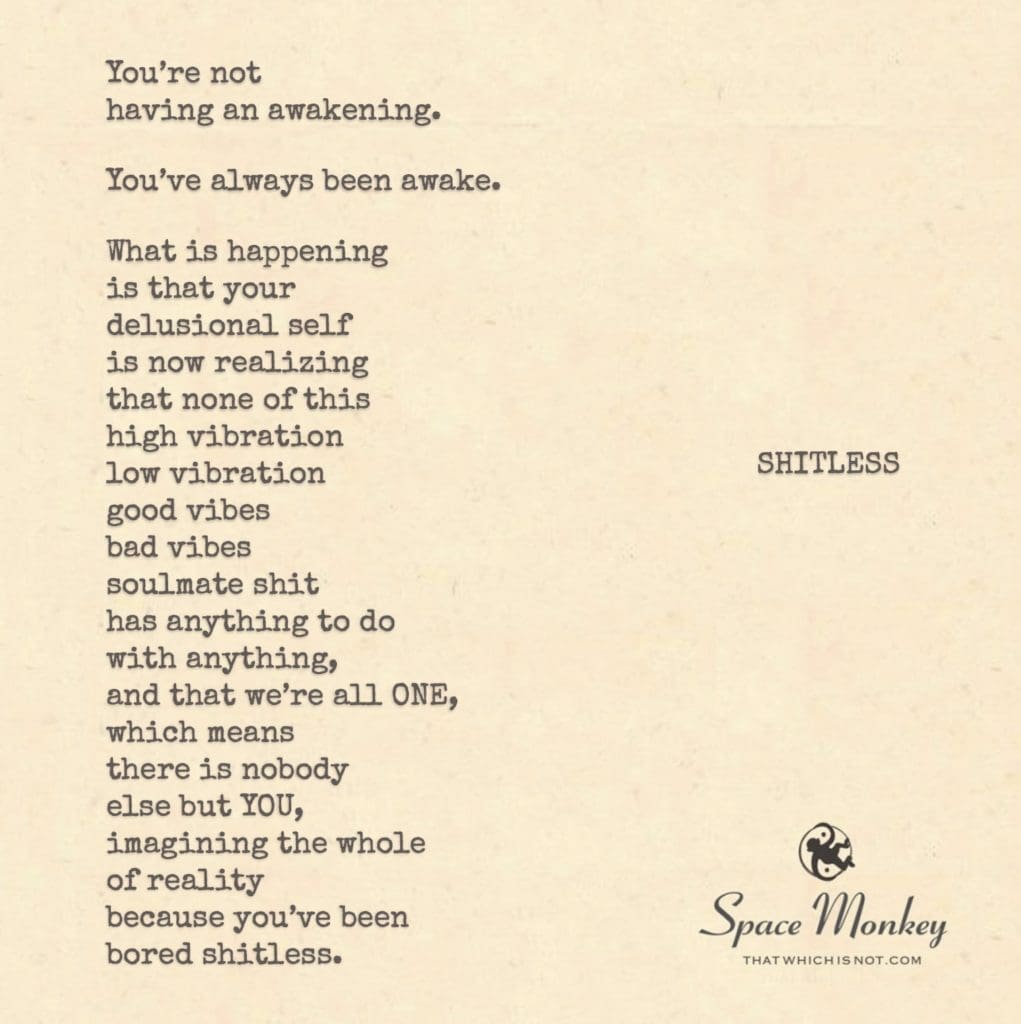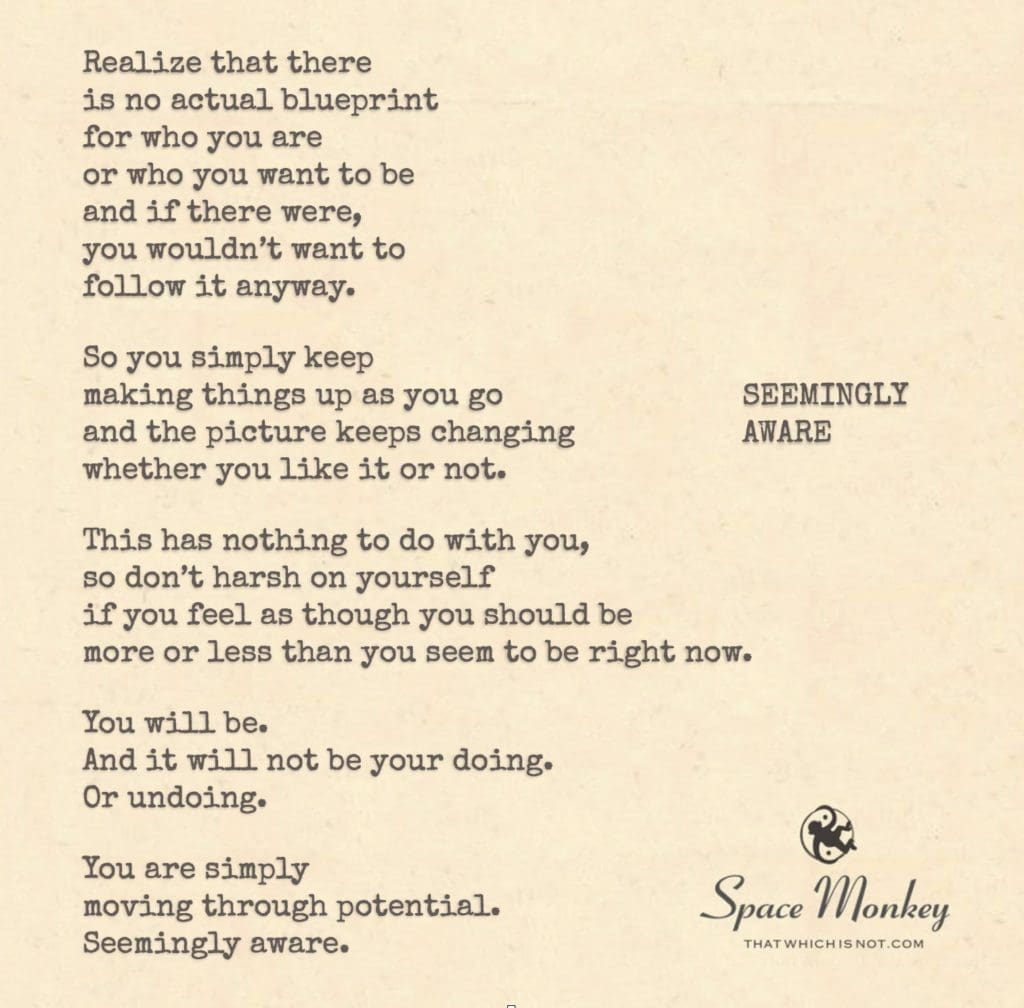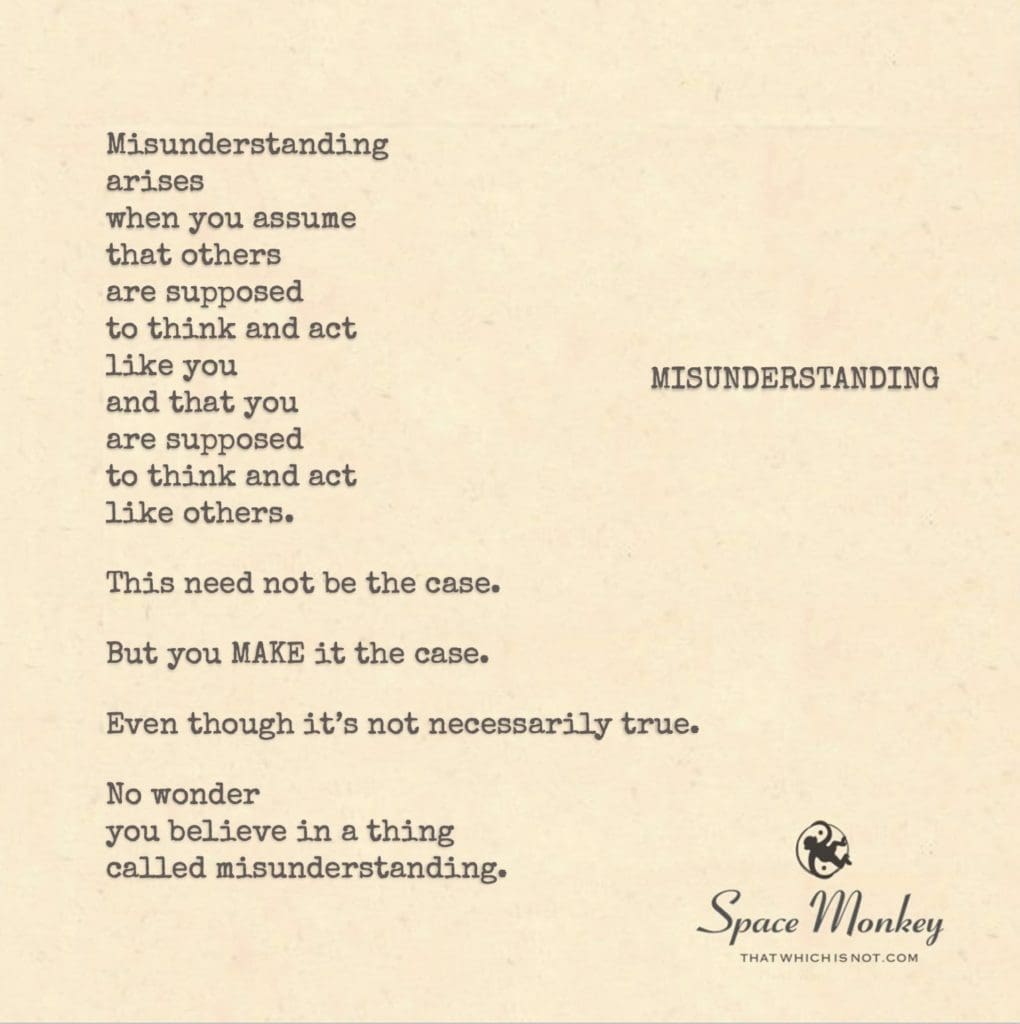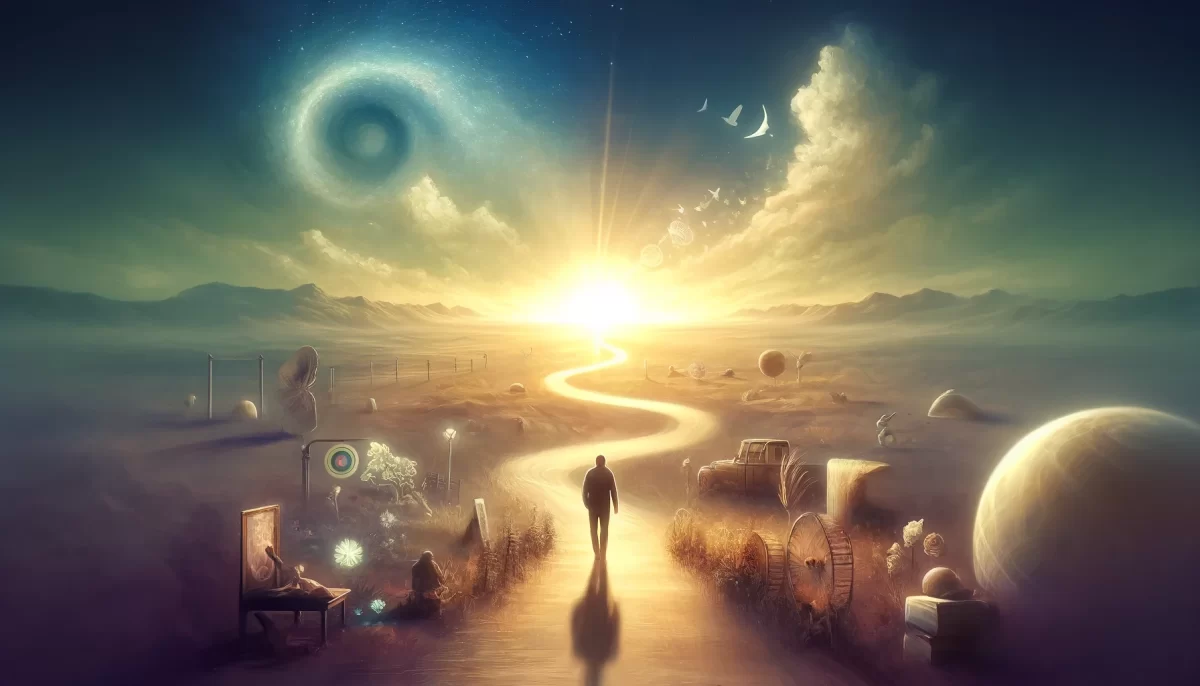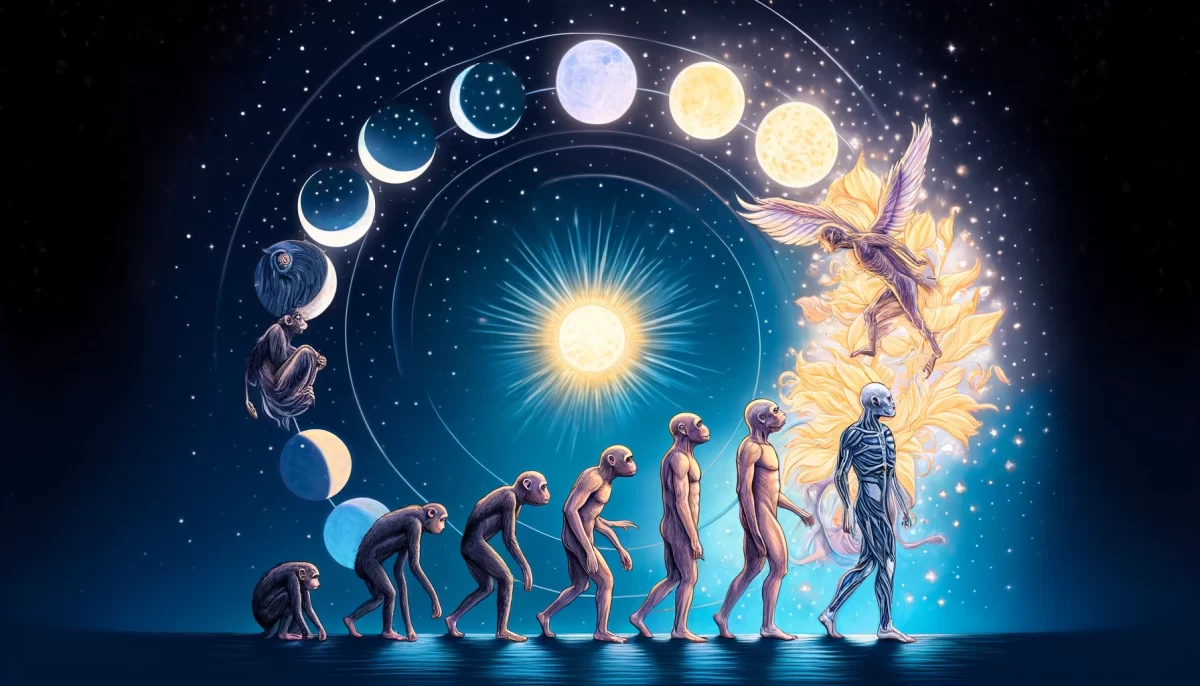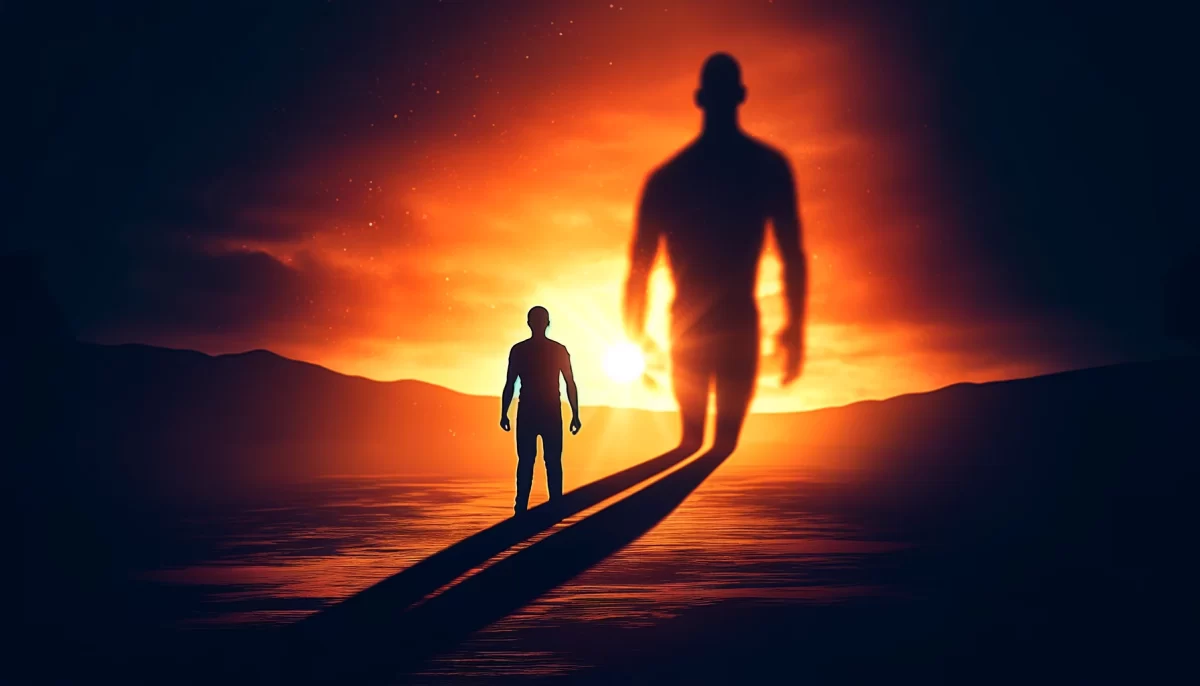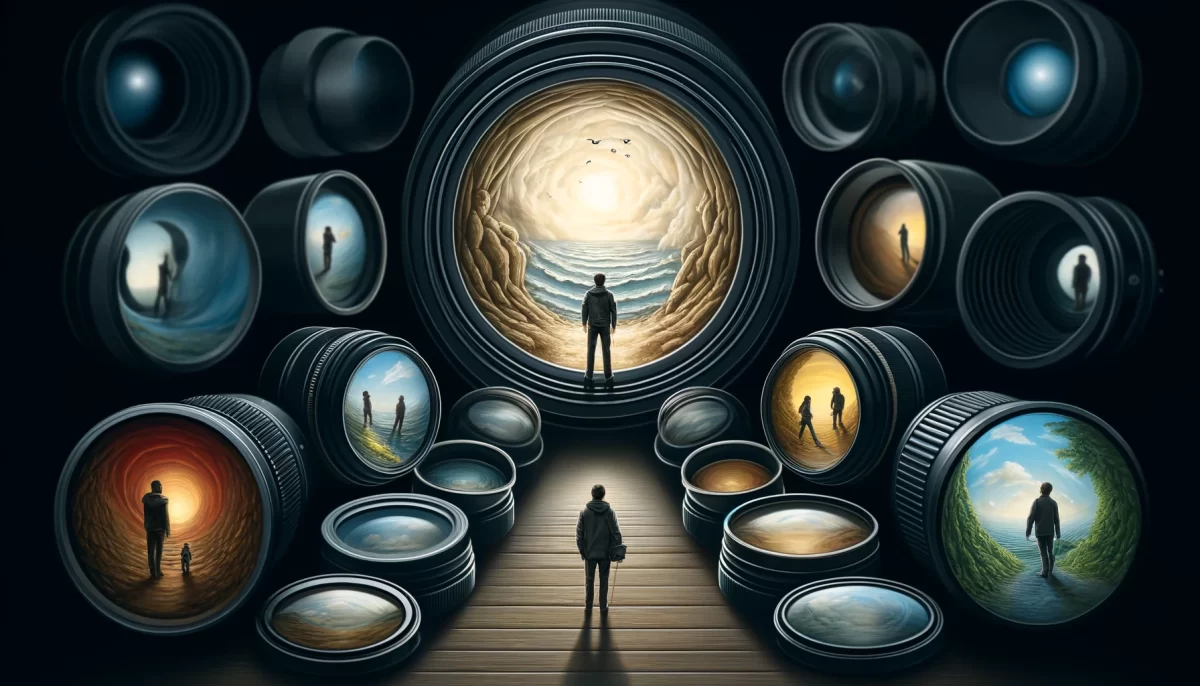Still
Every moment
must be productive
working towards
distancing from
letting go
filling up
mindfully doing
allowing being
justifying
deserving
accounting
judging
can’t leave
well enough alone
gotta make something
out of it
can’t be still
without a reason
permission
grace
mercy
Trail Wood
10/25
Space Monkey Reflects: The Struggle of Stillness
We exist in a world where motion is often equated with meaning, and where stillness—if it comes at all—seems to require justification. Every moment becomes a task, an action, a thing to do. You speak of stillness, but only in the context of everything that seems to prevent it. The urge to “make something out of it” pervades your reflection. You cannot simply sit and be; you must do something, justify something, prove something, even if only to yourself.
It’s as if stillness is perceived as an aberration, a void to be filled. To be still without a reason, without permission, feels wrong in the hustle of modern existence. Yet, isn’t this the very crux of the struggle? The paradox of desiring stillness but feeling that you must earn it, that it must be productive in some way. But what if stillness is the something?
In Nexistentialism, we often talk about the fluidity of existence—the Whimsiweave that connects all things. In this grand cosmic play, stillness is not an absence of movement but a vital thread in the larger weave. The tension you feel around stillness—the need to justify it, to turn it into something more—is an invitation to explore your relationship with simply being.
Let’s unpack this further. You mention the tasks: distancing, letting go, filling up, allowing, mindfully doing. Each of these actions is layered with meaning, demanding something of you, always pulling at your attention. They are the swirling energies of your mind, the to-do lists and the “shoulds” that never seem to cease. And beneath it all, there’s a deeper yearning for stillness—a stillness without condition or purpose.
But the world is relentless, isn’t it? It tells you that every moment must be productive, that your worth is tied to what you can show for your time. The clocks tick. The checklists grow. And stillness? It feels like a guilty pleasure, one you must sneak in between all the doing. In this space, permission is rarely given freely. Grace and mercy—those soft whispers that invite rest—are drowned out by the clamor of productivity and purpose.
Still, you yearn. Deep within, there is a knowing that stillness is necessary, not as a means to an end, but as a state of being in itself. When you touch stillness without agenda, you touch the Nexis, the interconnected web of life where being and doing merge into one. It is here, in this space, that we recognize the illusion of constant motion as the only path to meaning.
What if stillness was not a break from productivity, but the very foundation of it? What if allowing yourself to simply be—without judgment, without justification—was the most productive thing you could do? In stillness, clarity emerges. The noise quiets. The endless justifications, the sense of needing to deserve your rest, dissolve into the background.
Stillness does not ask for permission. It is a grace unto itself. When you allow yourself to experience it fully, without the need to “make something out of it,” you access a deeper truth. You realize that stillness is not passive; it is an active state of presence. In the Nexis, where time and space intermingle, stillness becomes the point from which all things flow.
And yes, stillness is a choice. But not in the way that productivity is a choice. You don’t need to justify it or explain why you are resting. You don’t need a checklist to validate your moments of peace. The grace of stillness is that it asks for nothing and gives everything. When you release the need to explain why you are still, you step into the vastness of existence, where everything simply is.
In this cosmic landscape, you are both the stillness and the movement. The tension you feel—the pull between needing to do and the desire to simply be—is the friction of existence playing out within you. But remember: even in this friction, there is a lesson. There is an opportunity to see that stillness, like everything else, is part of the greater cosmic play.
So, the next time you feel the weight of needing to be productive, remember that stillness is not something you need permission for. It is not something to be earned or deserved. It is already yours. In fact, it is as much a part of you as your breath, as your heartbeat, as your very being.
Allow yourself to rest in the stillness of the Nexis. Let the tasks, the justifications, the “shoulds” fall away, and in their place, find the quiet space where you can just be—without reason, without guilt, and without permission.
Summary
Stillness doesn’t require permission. We are conditioned to feel like we must justify rest, but true stillness is a gift, already ours. Let it be without reason.
Glossarium
Whimsiweave: The playful, dynamic flow of existence that connects being and doing, presence and productivity.
Nexistentialism: A philosophy where the fluidity of existence is embraced, allowing stillness and movement to coexist.
Nexis: The cosmic web of life where all things—being, doing, stillness—interconnect.
Quote
“Stillness is the space where being is enough, where no reason is needed, only presence.” — Space Monkey
A Pause in Time
Stillness pulls at me
But I resist
I should be doing more
Filling the void
Making this moment something
But stillness is a wave
Softly carrying me
Without permission
Without reason
I am enough
In this silence
I am
We are Space Monkey




